Invisible Life of the American Museum of Natural History: A Video Series for the 33 Million Objects the Public Never Sees
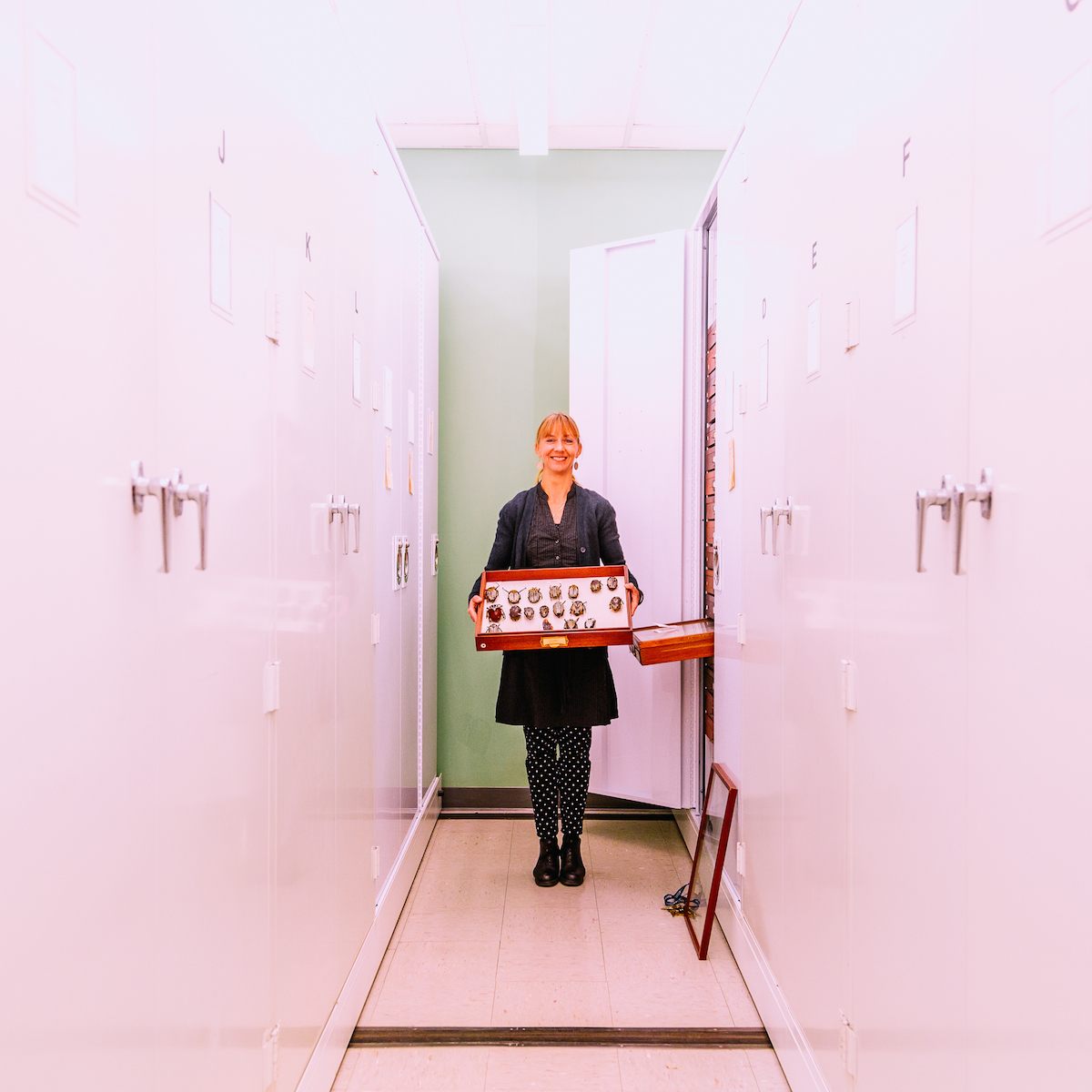 Curatorial associate & behavioral ecologist Christine Johnson displays specimens from the American Museum of Natural History’s Invertebrate Zoology collection (courtesy AMNH)
Curatorial associate & behavioral ecologist Christine Johnson displays specimens from the American Museum of Natural History’s Invertebrate Zoology collection (courtesy AMNH)
Visitors to New York’s American Museum of Natural History (AMNH) only see a fraction of its 33 million specimens, and often don’t realize in addition to displaying dinosaurs and taxidermy dioramas, it’s an incredibly active research institution. To give the public a look at this invisible side of the museum, AMNH launched an online video series called Shelf Life last month.
The first episode — “33 Million Things” — is an introduction to some of the staff, spaces, and incredible specimens (some not even physical objects like genomic data and astrophysical visualizations) at AMNH. Much of the museum’s research is focused on invertebrate zoology (over 90% of animals are, after all, spineless), along with vertebrates, physical sciences, anthropology, paleontology, and other sciences of life on Earth. The next edition of Shelf Life on “Turtles and Taxonomy” is out later this month, so we asked Senior New Media Specialist Erin Chapman who produced the series a few questions about this hidden world of research operating everyday through the work of over 200 scientists.
Why was this a series the museum needed?
Last year, AMNH received an amazing collection of 540,000 marine fossils (ammonites! trilobites! sharks!) that in one fell swoop pushed us over the mark of having 33,000,000 specimens and artifacts. Sure, it’s just a number, but it gave us a chance to sort of step back and have a collective “WHOA” moment.
This is one of the largest and most important research collections in the world. There are 33 million things here. The scope and scale is just phenomenal, and while the museum has gorgeous galleries and fantastic exhibitions, visitors only get to see a tiny fraction of our collection. And just as importantly, visitors rarely get the chance to interact with all the incredible folks who are doing active science here. The curators, collection staff, and researchers love the museum collections and are really excited to be able to share their work and the stories behind the specimens. So, one video wasn’t going to cut it — there’s way, way, way too much science and history to fit into a YouTube-friendly five minutes. Honestly, we’d probably need 33,000,000 videos to do the collection justice, but creating Shelf Life seemed like a good first step.
 Drawer in the Invertebrate Zoology collection at the American Museum of Natural History (courtesy AMNH)
Drawer in the Invertebrate Zoology collection at the American Museum of Natural History (courtesy AMNH)
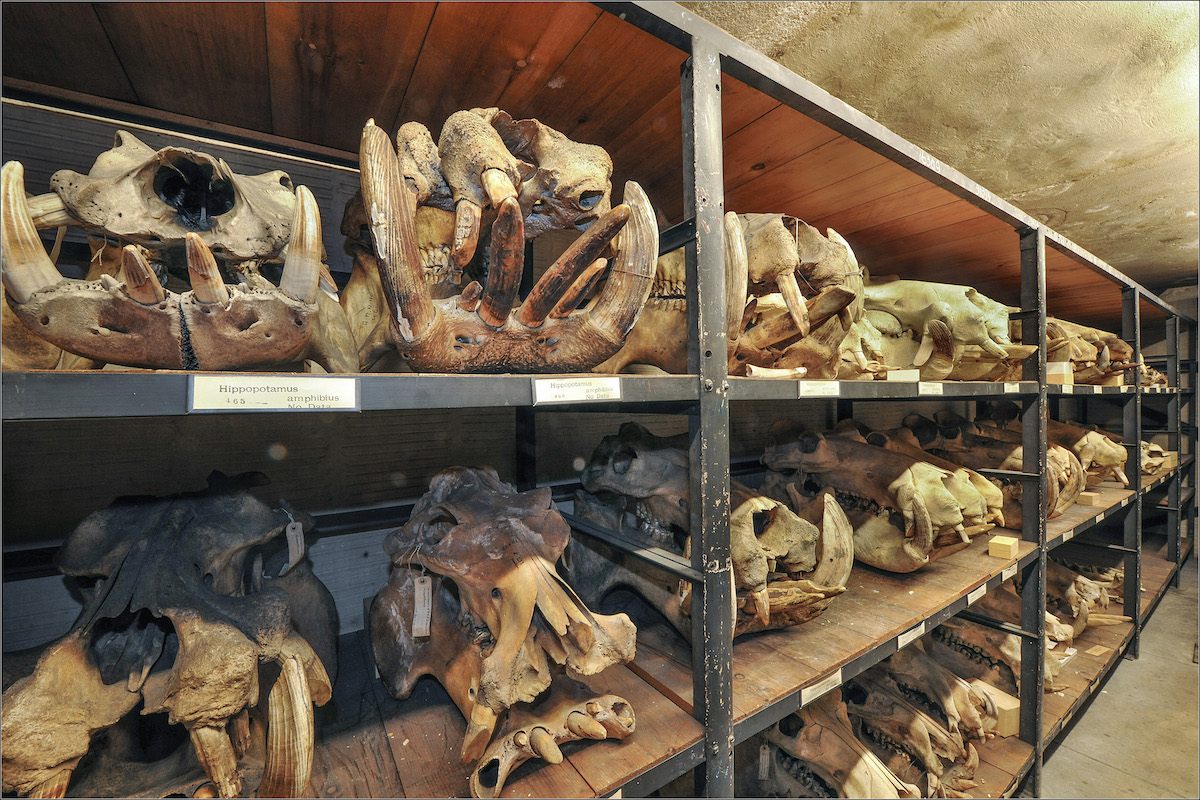 Hippopotamus skulls in the museum’s Mammalogy collection (courtesy AMNH)
Hippopotamus skulls in the museum’s Mammalogy collection (courtesy AMNH)
How do you choose which research areas are covered?
Like a lot of folks who work here, I’ve been in love with natural history museums from a really young age. So, in some ways, I’ve been thinking about this series since I was a dorky kid at museum summer camp with paleontologists pinned up over my bed. Now that I work at AMNH, getting to go into the collections and talk with the scientists is my childhood dream come true. I’m constantly asking them questions about their research and the collections, and certain subjects consistently rise to the top. Those themes ended up being the big picture ideas that we wanted to build the series around. Things like specimen prep — how and why do you prepare a specimen (be it biological or geological) in a particular way; taxonomy — how are collections arranged; technology — how do things like advanced imaging techniques provide new insights; and preservation — why do we need to keep these things around for so long.
We’ll be telling stories from every scientific division in the museum, using a particular narrative as a lens for exploring a collections theme. For example, early next year, we’ll be using the discovery of the olinguito — the newest species in the order Carnivora, and super cute, to boot — to examine the concept of holotypes. Holotypes are the individual specimens used in the original description of a species and they’re incredibly important scientific treasures.
Do you have any favorite discoveries from working on the series?
Right now, I’m nuts about the coelacanth. We’re featuring the museum’s five coelacanth specimens in our January episode about specimen prep. I first found out about the story when Radford Arrindell, who works in our Ichthyology collection, was walking me through the clearing and staining process. This is a gorgeous method of preparation where the specimen itself is made transparent and the bones and cartilage are stained pink and blue, respectively. I asked what would happen if you left the specimen in its enzyme bath too long and Rad was like, “Not good.” I said, “So, I guess you wouldn’t risk this with something like a coelacanth” (which is an incredibly rare fish), but I was wrong. Rad proceeded to show me our cleared and stained coelacanth embryo, which, needless to say, is amazing.
I was hooked (no fish pun intended). Turns out, in addition to an adult male and female, we have three embryonic coelacanths, each prepared in a different method. The story of the pups’ discovery (yup, the babies are called pups) is really awesome — tune in January 15th for the video — and I’ve been non-stop researching coelacanths. I found some fantastic stuff in the museum’s archives, including the libretto to a three-part operetta written by a researcher in the 1960s and entitled, “A Coelacanth’s Lament.” Sample lyric: “I stroked her denticulate scales to and fro whisp’ring ‘fossil, sweet fossil, dear fossil.’”
Watch the first episode of Shelf Life below:
The next episode of Shelf Life — “Turtles and Taxonomy” — will be released December 15.





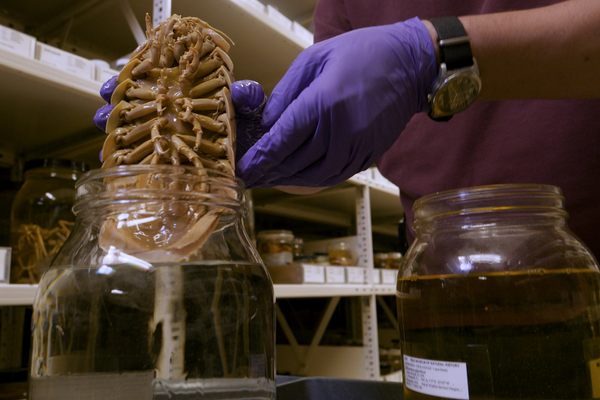







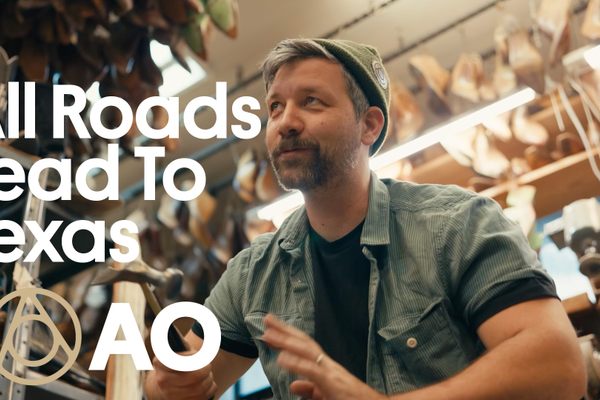



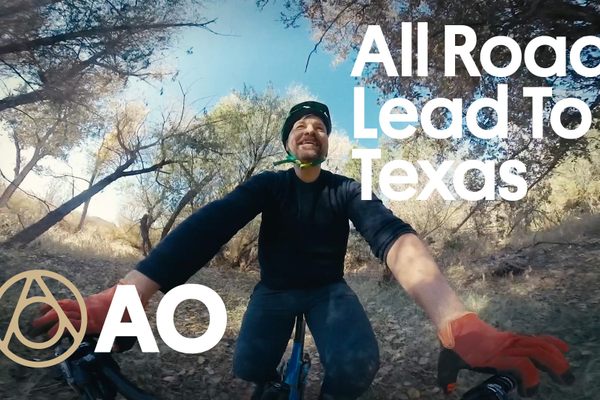






Follow us on Twitter to get the latest on the world's hidden wonders.
Like us on Facebook to get the latest on the world's hidden wonders.
Follow us on Twitter Like us on Facebook